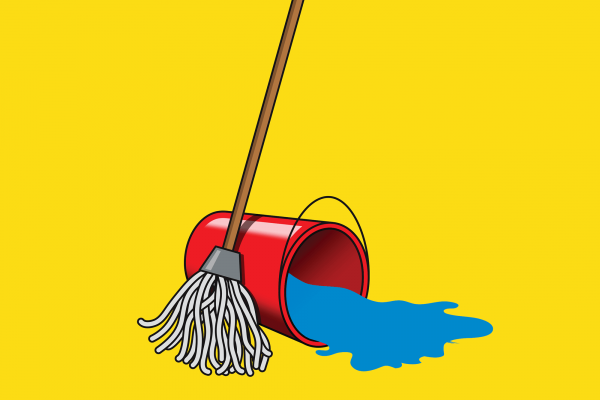I WAS A weird kid who faithfully read the syndicated “Hints from Heloise” newspaper column and the household tips in my mom’s many women’s magazines. I loved how a mundane problem in everyday life could be cheerfully solved with vinegar and “elbow grease” or the strategic deployment of a couple of rubber bands.
This was before Martha Stewart famously built an empire providing perfection-oriented household advice, such as mopping tips that note “sparkling floors begin with the correct tools.” In contrast, the advice in my childhood was humbler, with a how-to/can-do spirit that acknowledged that making a home clean and safe, and keeping a family fed, clothed, and nurtured on a budget is difficult and time-consuming.
When I was young, this was still sometimes called “women’s work.” Religious conservatives and organizations such as Focus on the Family added a faith twist—a woman’s role in the home was sacred duty (based on Jesus’ lost parable of the submissive helpmate?). The term “women’s work” is less common now, but studies show that in households where both a male and female partner are employed outside the home full time, the woman is still more likely to do more of the domestic work.
Read the Full Article

